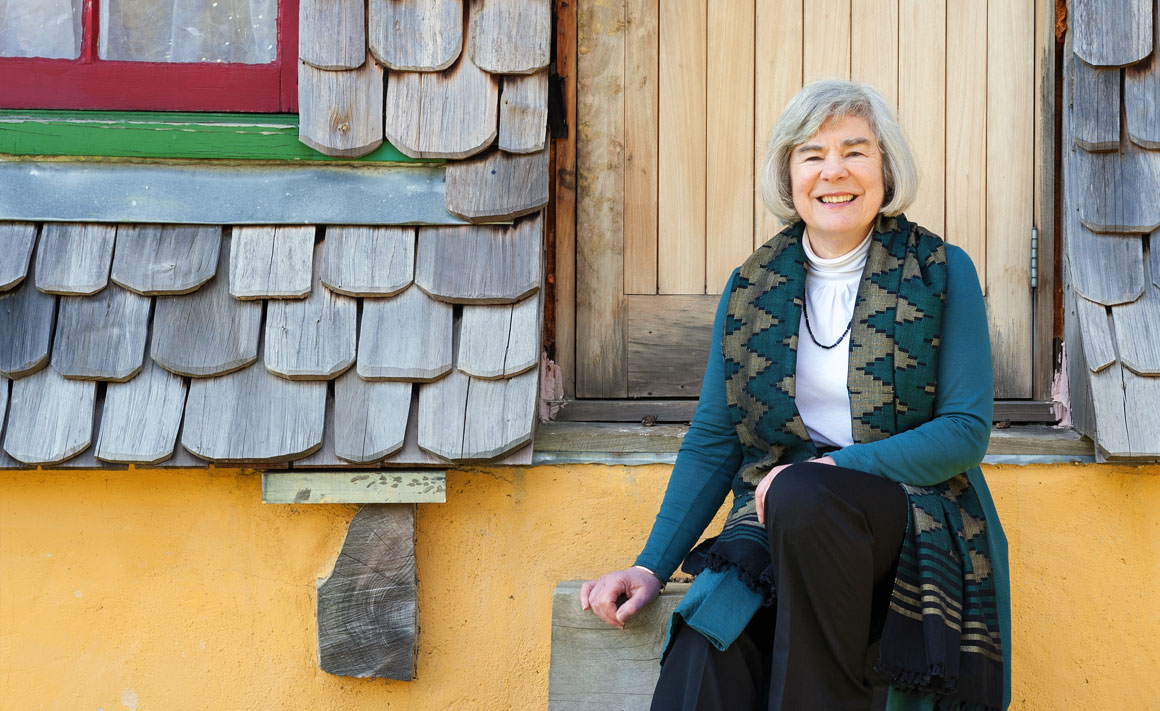
Having an academic background in history when you work in the School of Pharmacy is, as Dr Susan Heydon puts it, "not something you could have planned".
It all dates back to May 1996 when Heydon, her husband who is a doctor and their three children spent two years as volunteers at the small hospital Sir Edmund Hillary built at Kunde, near Mt Everest.
At that point she had just finished her master's degree at Otago, looking at rural hospital services in New Zealand, and when she got to Kunde Hospital that interest began to translate to Nepal's situation.
Once back at Otago it was suggested to Heydon she do a PhD on the history of Kunde Hospital.
"It really was the story about the introduction of 'modern' health care in the Everest region."
Heydon freely admits that while she was doing her PhD, medicines did not come into her thinking; they were something she took for granted. She only began to realise the importance of medicines when she took up a social pharmacy role, looking at medicines and society.
"I've been looking at changing patterns of medicines use, especially back in the Everest area I know best."
That work covered the transition from when there were no pharmaceutical medicines available, to today where they are widely used, Heydon explains.
"When I started looking at the medicines people have taken during their lifetime I found you had to look at the changing patterns in the context of people's individual lives and beliefs – not just broader societal change."
Heydon has also been examining the smallpox eradication programme in Nepal, through her links with the Centre for Global Health Histories, at the University of York, and a colleague who has done extensive research into smallpox eradication through India and South Asia.
“Nepal is interesting because it is a small country compared to these bigger countries and it also wasn't colonised, so the story of medicines and modern health care is different from the colonial context,” she says.
"It's a matter of going back and looking at the story to see how did it work for Nepal and why did it work? In the bigger picture, smallpox is the one disease that the world has eradicated and it's important to understand why we did it with this disease and not another.
"As well as knowledge about the disease and all the technical aspects, you've really got to understand the social context. Because, in the end, you can have the knowledge about a disease, you can have the treatment, but unless you understand how people use it or don't use it or why, then you're not going to get the outcomes that you might have hoped for."
Heydon says everybody responds differently, so understanding those responses and their complexity and diversity is important.
"Even the little hospital at Kunde – which has been well staffed and supplied with medicines – it has still had an up-and-down story.
"It's a much more complicated picture. It's not just a question of throwing money at something or putting things in place without understanding the people part of the equation."
Heydon is also supervising a PhD student in Nepal who is looking at access and use of medicines in Nepal's Annapurna region, another major tourist area.
"What he also finds is that the historical background of these different communities influences their medicines use.
“For me, Kunde Hospital is a place where you can see things changing over time, so I use it as a kind of sentinel to see what kinds of things I should be thinking about.”
FUNDING
- University of Otago
- Centre for Global Health Histories (University of York)
